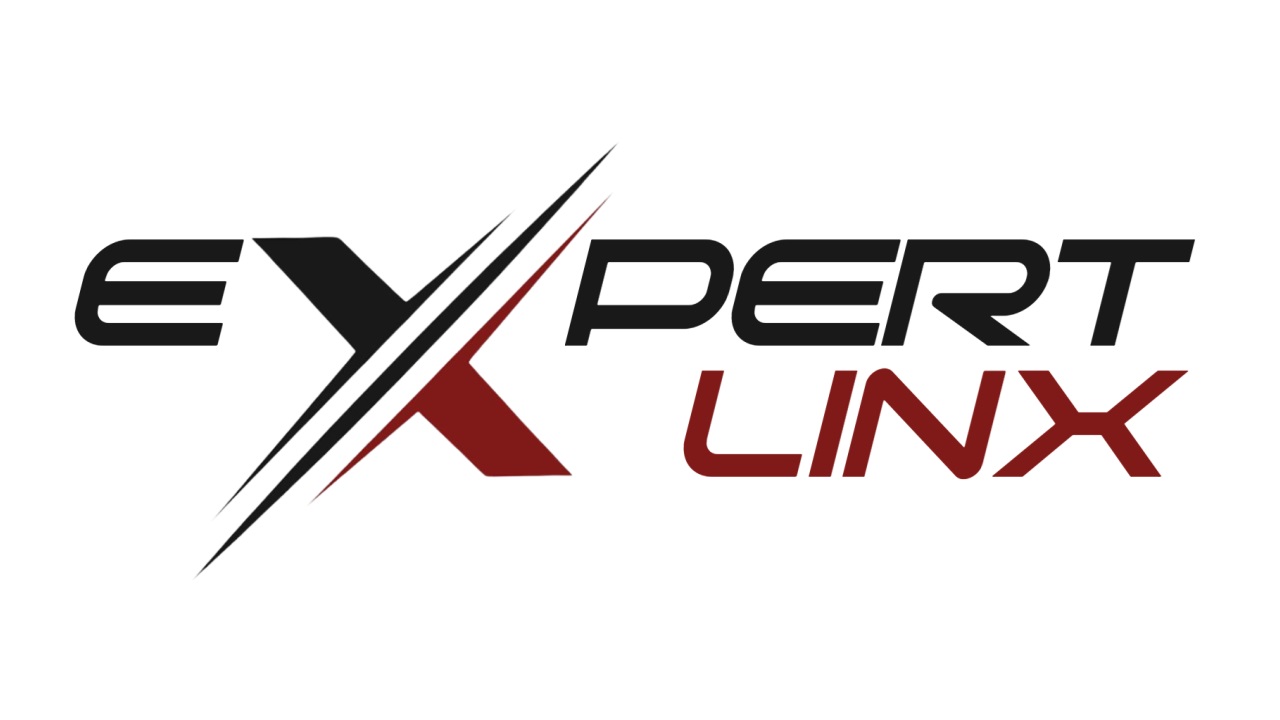
In today’s fast-paced business environment, automating repetitive tasks is key to improving efficiency and productivity. One area where automation can make a significant impact is in expense approval workflows. By leveraging Microsoft Power Automate, you can create a seamless and efficient process for approving expenses, saving time and reducing manual effort. In this guide, we’ll walk you through the steps to create an expense approval workflow in Power Automate.
Step 1: Define Your Expense Approval Process
Before you begin building your workflow, it’s essential to clearly define your expense approval process. Determine who needs to approve expenses, what criteria they should consider, and any escalation paths for unresolved issues.
Step 2: Create a New Flow in Power Automate
Log in to your Power Automate account and navigate to the “My Flows” tab. Click on “New” to create a new flow and select the “Instant – from blank” template.
Step 3: Add a Trigger
Choose an appropriate trigger to start your workflow. For example, you can use the “For a selected file” trigger if expenses are submitted through a file upload, or the “For a selected item” trigger if expenses are submitted through a form.
Step 4: Define Approval Steps
Add approval steps to your workflow using the “Start and wait for an approval” action. Specify the details of the approval, including the approver(s), approval type (e.g., single or multiple approvers), and any additional comments or instructions.
Step 5: Handle Approval Responses
Once an approval request is sent, Power Automate will wait for a response from the approver(s). You can use conditional logic to handle different responses, such as approving, rejecting, or requesting more information.
Step 6: Notify Users
After an approval decision is made, notify relevant users of the outcome using the “Send an email” action. Include details of the approved/rejected expense and any next steps that need to be taken.
Step 7: Monitor and Track
Monitor the progress of your expense approval workflow using Power Automate’s built-in monitoring features. Track the status of approval requests, identify bottlenecks, and make adjustments as needed to optimize the process.
Step 8: Test and Deploy
Before deploying your workflow, thoroughly test it to ensure it functions as intended. Test various scenarios, such as different approval outcomes and error handling, to identify any potential issues. Once you’re confident in its performance, deploy the workflow to your organization.
Step 9: Iterate and Improve
Continuous improvement is key to maximizing the effectiveness of your expense approval workflow. Gather feedback from users, analyze performance metrics, and make iterative changes to optimize the process over time.
By following these steps, you can create a streamlined and efficient expense approval workflow in Power Automate, enabling your organization to manage expenses more effectively and improve overall productivity. Automating repetitive tasks like expense approvals not only saves time and reduces manual effort but also ensures consistency and compliance with organizational policies. Unlock the full potential of Power Automate and revolutionize your expense approval process today!

